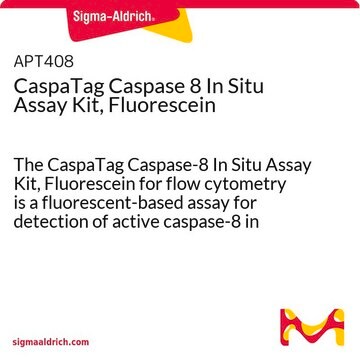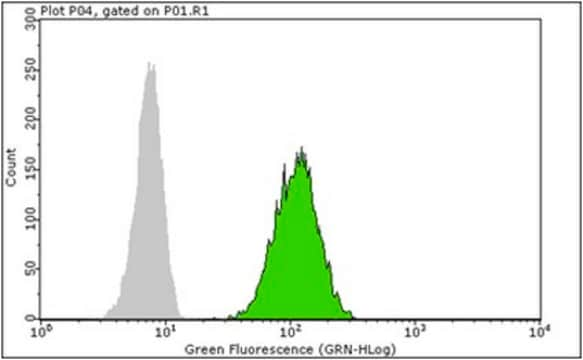05-1592
Anti-mTOR Antibody, clone 21D8.2
clone 2ID8.2, from mouse
Sinônimo(s):
FK506 binding protein 12-rapamycin associated protein 1, FK506 binding protein 12-rapamycin associated protein 2, FK506-binding protein 12-rapamycin complex-associated protein 1, FKBP-rapamycin associated protein, FKBP12-rapamycin complex-associated prot
About This Item
Produtos recomendados
fonte biológica
mouse
Nível de qualidade
forma do anticorpo
purified immunoglobulin
tipo de produto de anticorpo
primary antibodies
clone
2ID8.2, monoclonal
reatividade de espécies
mouse, human
técnica(s)
immunocytochemistry: suitable
western blot: suitable
Isotipo
IgG1κ
nº de adesão NCBI
nº de adesão UniProt
Condições de expedição
wet ice
modificação pós-traducional do alvo
unmodified
Informações sobre genes
human ... MTOR(2475)
Descrição geral
Especificidade
Imunogênio
Aplicação
Signaling
PI3K, Akt, & mTOR Signaling
Qualidade
Western Blot Analysis: 0.5 µg/mL of this antibody detected mTOR on HEK293 cell lysate.
Descrição-alvo
Ligação
forma física
Armazenamento e estabilidade
Nota de análise
Hek293 cell lysate
Outras notas
Exoneração de responsabilidade
Not finding the right product?
Try our Ferramenta de seleção de produtos.
recomendado
Código de classe de armazenamento
12 - Non Combustible Liquids
Classe de risco de água (WGK)
WGK 1
Ponto de fulgor (°F)
Not applicable
Ponto de fulgor (°C)
Not applicable
Certificados de análise (COA)
Busque Certificados de análise (COA) digitando o Número do Lote do produto. Os números de lote e remessa podem ser encontrados no rótulo de um produto após a palavra “Lot” ou “Batch”.
Já possui este produto?
Encontre a documentação dos produtos que você adquiriu recentemente na biblioteca de documentos.
Artigos
Autophagy is a regulated process involved in cell growth, development, and recycling of cytoplasmic components in cells.
Nossa equipe de cientistas tem experiência em todas as áreas de pesquisa, incluindo Life Sciences, ciência de materiais, síntese química, cromatografia, química analítica e muitas outras.
Entre em contato com a assistência técnica





